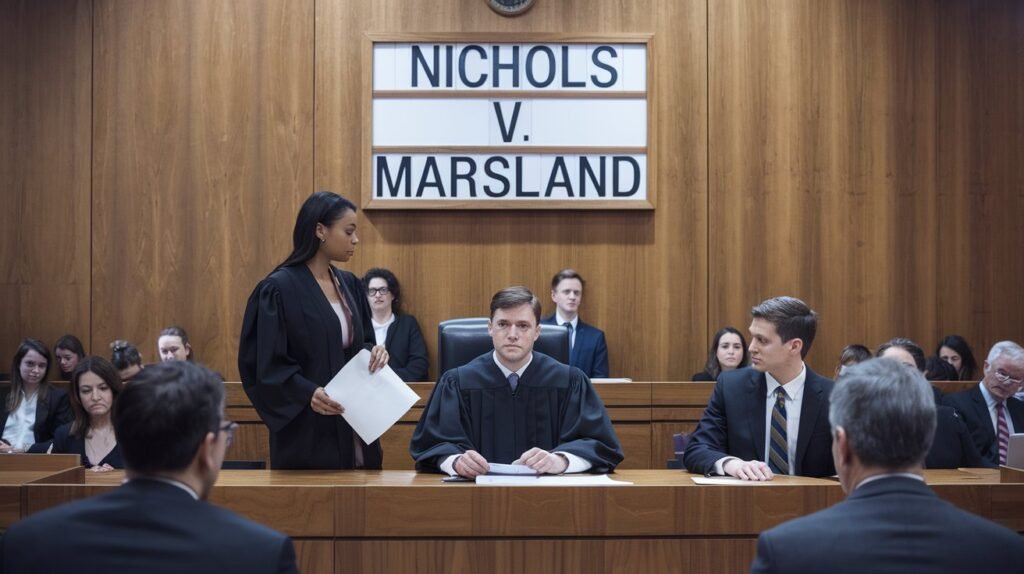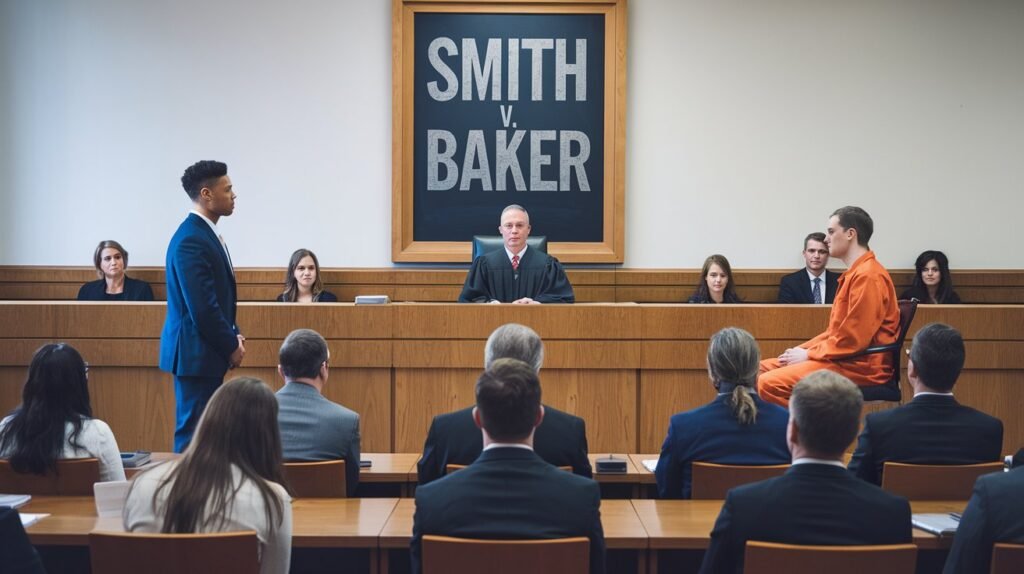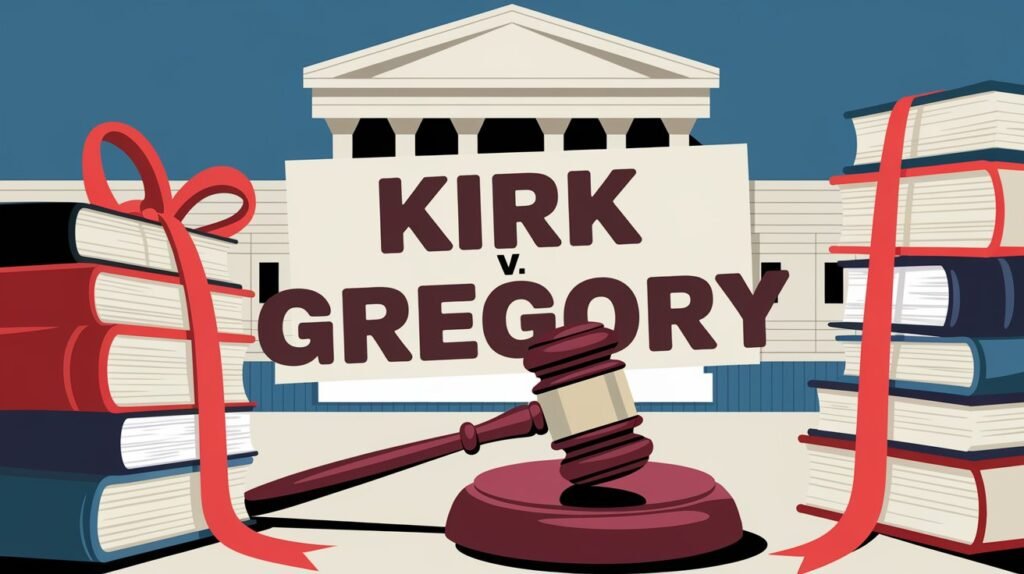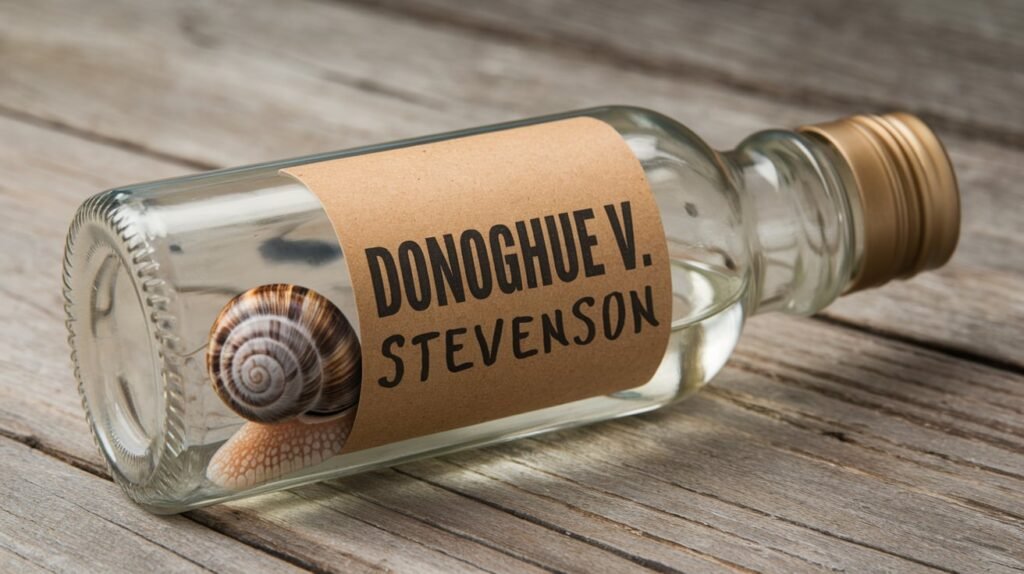Kirk v. Gregory 1876 (Case Summary)

This case is a classic example in the law of torts, dealing with the doctrine of trespass to property, specifically regarding unauthorized interference with the property of a deceased person.
Table of Contents
ToggleFacts of Kirk v Gregory
- The plaintiff, Kirk, was the executor of the estate of a deceased man.
- The defendant, Gregory (the sister-in-law of the deceased), moved certain jewelry from the deceased’s room to another location without permission, fearing it might be stolen.
- Some of the jewelry subsequently went missing.
- Kirk sued Gregory for trespass to goods, alleging unauthorized interference with the deceased’s property.
Issues framed
- Whether Gregory’s act of moving the jewelry constituted trespass to goods?
- Whether Gregory’s intention to safeguard the jewelry serves as a valid defence?
Judgment of Kirk v Gregory
The court applied the principles of trespass to goods, focusing on the unauthorized and intentional interference with property, irrespective of motive. It also discussed necessity as a defence in cases of trespass.
The court held that Gregory’s act of moving the jewelry was unauthorized, constituting trespass to goods. It rejected the defence of necessity, as there was no immediate or substantial danger to justify her actions. The intention to protect the jewelry did not absolve Gregory of liability for interfering with property rights.
The court ruled in favor of the plaintiff, Kirk, holding Gregory liable for trespass to goods.





